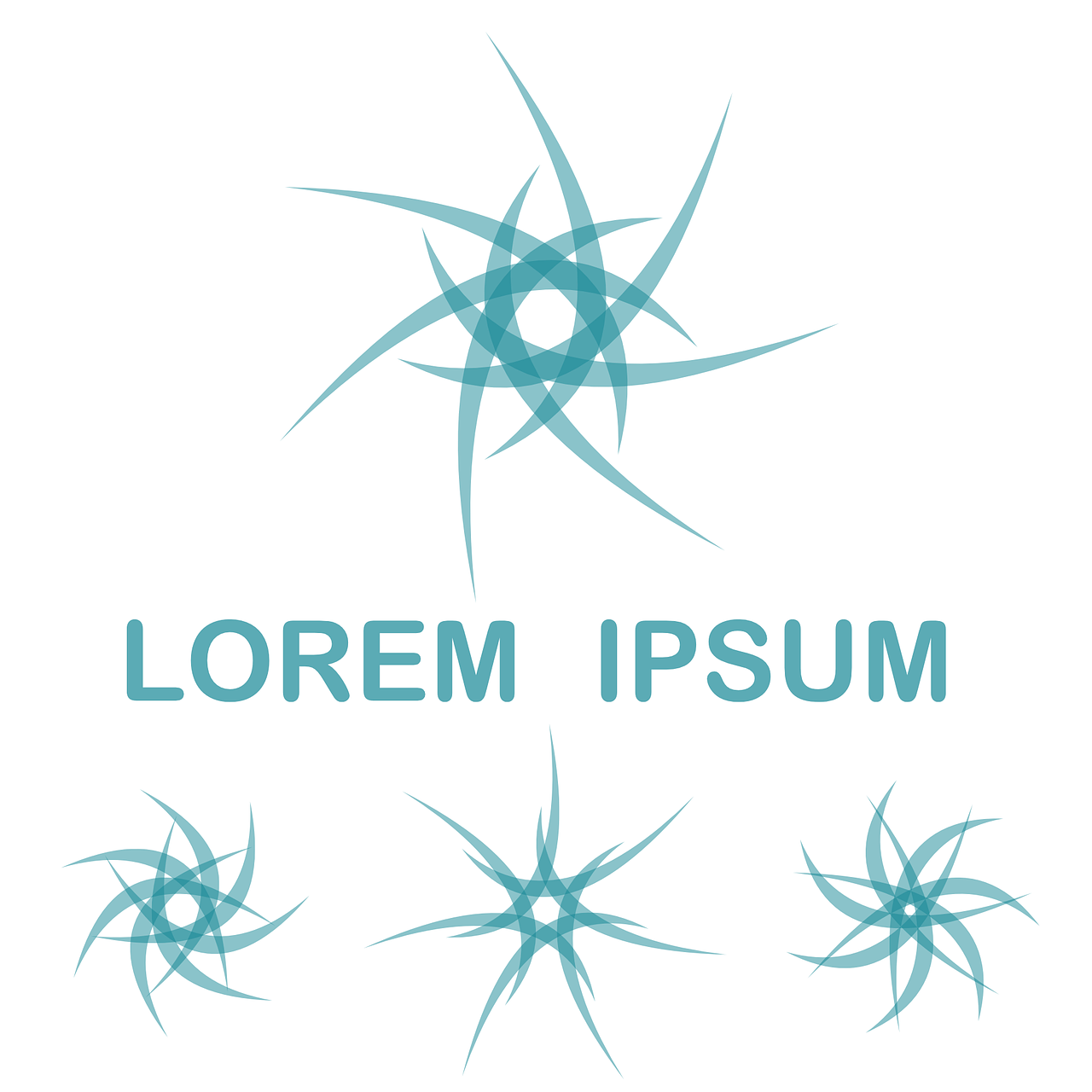In today’s oversaturated market, forging a brand identity that truly resonates requires more than just surface-level aesthetics. It demands a profound dive into the essence of what your business represents and how it connects emotionally with your audience. In 2025, businesses that succeed will be those mastering the art of purposeful storytelling combined with strategic visual and verbal cues. The interplay of elements such as BrandStory, IdentityForge, and ResonaMark creates a dynamic synergy that transforms simple logos into immersive brand experiences. Even in a digital age where attention spans are fleeting, brands that craft authentic connections—guided by tools like PersonaPulse and EssenceMakers—build not just recognition but loyalty. Whether you are launching a startup or revitalizing a legacy business, understanding how to weave your VisionThread into every aspect will set you apart from competitors. This exploration takes us across the spectrum of branding—from defining purpose to delivering consistent impressions—empowered by modern approaches like EchoCraft and SoulSync that align brand image with authentic customer engagement.
How to Define Your Brand’s Purpose for Lasting Impact
At the foundation of any compelling brand identity lies a clearly articulated brand purpose. This purpose is not merely a slogan; it is the core reason your business exists beyond profit. Establishing a meaningful purpose helps differentiate your brand in a noisy marketplace while inspiring internal cohesion and external trust. Successful companies often anchor their identity in a cause or mission that resonates deeply with their audience.
Start by introspecting on your company’s intrinsic values and the initial passion that drove you to create the business. This internal reflection is essential to build authenticity. Ask: What difference do you want your brand to make? How does your business fulfill a societal or customer need uniquely? This self-examination is the primal step of the IdentityForge process, where the raw essence of your brand personality begins to take shape.
Next, employ market research and customer insights to ensure alignment between your purpose and audience expectations. PersonaPulse tools can help you gather meaningful feedback directly from your customers, deepening your understanding of their aspirations and frustrations. For instance, Salesforce has positioned itself not just as a software provider but as an enabler of customer connection and transformation, which resonates profoundly with its enterprise clients.
Focusing your brand purpose on positive impact is crucial. Take TOMSTOMS, the footwear company known for their socially conscious “One for One” giving program. This initiative created a narrative beyond commerce and resonated emotionally with consumers who value corporate responsibility. Such a purpose converts casual buyers into devoted advocates, reinforcing the brand’s SoulSync with its community.
Finally, regularly revisit and refine your purpose to keep it aligned with evolving market dynamics and internal growth. Purpose evolves but must remain authentic. Establishing this living BrandStory allows your brand to maintain relevance and resonate deeply over time.
- Identify core values that guide your business decisions.
- Conduct PersonaPulse studies to connect with customer desires.
- Align purpose with positive societal or emotional impact.
- Communicate your purpose openly in all channels.
- Reassess and evolve purpose as your brand grows.
| Step in Purpose Definition | Key Action | Outcome |
|---|---|---|
| Introspection | Reflect on values and motivations | Authentic understanding of brand roots |
| Customer Research | Use PersonaPulse feedback tools | Align purpose with audience needs |
| Impact Focus | Define societal or emotional contribution | Creates deep brand connection |
| Ongoing Refinement | Regularly reassess purpose | Ensures lasting relevance |

Mastering Brand Positioning to Carve Your Market Niche
Positioning is the strategic act of defining your brand’s distinct place within the competitive landscape. A well-crafted position enables resonant communication with your ideal customers, reinforcing why they should choose you over alternatives. By integrating tools like ResonaMark and conducting brand competitive analyses, companies can identify unique value propositions that cut through market noise and echo clearly in their audience’s minds.
Begin with a granular understanding of your target demographic, including their psychographics, behavior, and unmet needs. This nuanced detail facilitates creating a positioning that speaks directly to customer identity and aspirations. Mailchimp’s success illustrates this clearly as they focused on small businesses and entrepreneurs, tailoring their brand messaging and functionalities to resonate with this community.
Next, benchmark your competition to discover underutilized spaces or opportunities. Differentiation emerges when you leverage competitor weaknesses or customer dissatisfaction. VisionThread helps brands visualize the competitor landscape by mapping their unique selling points and emotional connections, empowering you to find your distinctive gap in the market.
Craft a compelling Unique Value Proposition (UVP) that encapsulates your competitive edge succinctly. It should be clear, memorable, and inherently tied to customer benefits that matter most. Nike’s “Just Do It” exemplifies a UVP that’s more than motivational rhetoric—it encapsulates lifestyle aspiration aligning seamlessly with their brand personality.
Once positioning is set, construct aligned messaging and consistent touchpoints to embed this position in the brand’s perception. Ongoing refinement using adaptive marketing analytics and customer feedback tools like PersonaPulse ensures your brand remains dynamically relevant amid market shifts.
- Create detailed customer personas to tailor messaging.
- Analyze competitors to identify differentiation points.
- Define a clear Unique Value Proposition that solves unmet needs.
- Develop cohesive messaging aligned with your positioning.
- Use brand analytics to test and refine positioning.
| Positioning Phase | Action | Example Outcome |
|---|---|---|
| Audience Segmentation | Develop personas with PersonaPulse insights | Targeted marketing strategies |
| Competitive Analysis | Map market gaps using VisionThread | Unique market positioning |
| UVP Development | Summarize core benefits and differentiators | Clear customer choice reasons |
| Messaging Strategy | Align all content around UVP | Consistency across touchpoints |
Ensuring your brand successfully occupies its market niche empowers clearer branding efforts and stronger alignment with customer expectations. As a further resource, understanding emerging tech’s role in shaping brand positioning is vital. You can explore how innovations influence market strategies at emerging tech innovations for small businesses.
Delivering on Your Brand Promise to Build Trust and Loyalty
A brand promise articulates the consistent experience your customers can expect. This commitment is a linchpin in building trust and loyalty, making your promise more than just words—it must be a lived reality embedded in your operations and culture.
Begin by intimately understanding your customer’s desires and frustrations. HubSpot’s promise of “helping businesses grow better” transcends product features and speaks directly to the outcomes its clients seek. This emotional connection is the foundation of their brand’s promise delivery strategy.
Identify how your company can uniquely fulfill those needs. The promise should be ambitious yet achievable. A bold promise like FedEx’s guarantee of overnight delivery sets a high standard that, when met consistently, cements customer trust and brand equity.
Operational capabilities must align with your promise. This entails investing in systems, training, and quality control to ensure reliability. Communicating the promise clearly across all channels keeps customers informed and expectations aligned, reinforcing your brand identity’s coherence at every interaction.
Continuous evaluation using customer feedback helps detect any gaps between promise and delivery, allowing rapid correction to maintain solid trust. EchoCraft methodologies focus on integrating emotional resonance with operational excellence, giving brands a competitive edge.
- Understand customer expectations through direct feedback.
- Define a bold, authentic brand promise linked to real outcomes.
- Ensure operational alignment to consistently deliver.
- Communicate promise effectively in all marketing and support.
- Monitor and refine delivery based on performance data.
| Component | Action | Benefit |
|---|---|---|
| Customer Insight | Gather and analyze feedback | Informed promise articulation |
| Promise Definition | Craft a clear, ambitious commitment | Differentiates brand |
| Operational Alignment | Develop systems to fulfill promise | Builds trust and reliability |
| Communication | Promote promise via all channels | Reinforces expectation |
Delivering on promises cultivates a robust brand reputation. For inspiration on how clear, actionable promises elevate businesses, explore strategies at emerging tech innovations for small businesses.

Building a Distinct Brand Personality That Resonates Deeply
Brand personality breathes human qualities into your business identity, transforming a faceless entity into an approachable, relatable presence. This personality shapes how customers feel and engage with your brand. SoulSync refers to this emotional alignment ensuring the brand ‘speaks’ directly to human desires and values.
Start by clarifying your brand’s core values and attributes. For example, Apple’s personality reflects innovation, simplicity, and sophistication—values echoed in every product design, advertisement, and retail experience. This alignment creates a consistent emotional experience for customers.
Develop a distinctive brand voice tailored to your audience’s preferences. Whether witty and lighthearted like Slack or sleek and minimalist like Apple, your voice should authentically convey your intent. This consistency builds familiarity and preference.
Visual cues reinforce personality. Typography, colors, and imagery should harmonize with the tone your brand adopts. For instance, Slack’s playful graphics and friendly colors support their approachable brand persona, making users feel at ease and engaged.
- Clarify core values defining your brand personality.
- Choose brand attributes consistent with audience expectations.
- Develop a brand voice that emotionally connects.
- Align visual elements with the personality traits.
- Maintain consistency across all communications.
| Aspect | Characteristic | Example |
|---|---|---|
| Values | Innovation, Simplicity, Integrity | Apple |
| Voice | Witty, approachable, conversational | Slack |
| Visual Identity | Playful colors, friendly graphics | Slack |

Creating a Visual Identity That Embodies Your Brand Essence
Your brand identity is the visual manifestation of your brand purpose, personality, and promise. It’s through consistent use of logos, colors, typography, and design elements that customers recognize and emotionally engage with your brand for years to come.
Begin by researching visual trends within your industry, but avoid clichés. IdentityForge practices encourage innovation while maintaining resonance with industry norms. Consider the adaptability of your visual identity across digital platforms, packaging, and physical signage.
Choosing a distinctive, scalable logo is paramount. The logo must be versatile enough to work on mobile apps, billboards, and even monochrome applications. Airbnb’s logo succeeds by combining a simple symbol that conveys belonging with memorable colors that evoke warmth and inclusiveness.
Color selection follows. Colors influence subconscious perception and mood. Incorporate a palette that reinforces your brand’s personality and appeals to your target audience. Use color psychology research to inform choices – blues for trust, reds for energy, or greens for growth and sustainability.
Typography adds voice through visual form. Select fonts that complement your logo and maintain legibility across media. Pair a dominant font with supportive secondary fonts to create informational hierarchy and consistency.
Finally, formalize your choices into comprehensive brand guidelines. These guidelines maintain visual and verbal consistency for internal teams and external partners, preserving brand integrity and amplifying Impressionist effects in marketing efforts.
- Research competitor and industry visual identity for inspiration.
- Design a unique, scalable logo reflecting core essence.
- Select color palette grounded in emotion and personality.
- Choose typography that supports clarity and tone.
- Create detailed brand guidelines for consistent application.
| Visual Element | Key Criteria | Impact |
|---|---|---|
| Logo | Simple, memorable, versatile, relevant | Brand recognition and recall |
| Color Palette | Emotionally aligned, distinctive, accessible | Emotional resonance |
| Typography | Legible, expressive, harmonious | Visual tone and clarity |
| Brand Element ▲▼ | Criteria ▲▼ | Purpose ▲▼ |
|---|
How do brands maintain consistency across all channels?
Consistency comes from well-established brand guidelines that define clear rules for use of logos, colors, fonts, and messaging tone. These guidelines must be accessible and rigorously applied across website design, product packaging, advertising, social media, and internal communications.
What role does emotional connection play in brand identity?
Emotional connection is central to long-lasting brand resonance. Successful brands speak to consumer aspirations and values, fostering loyalty not merely through products but through shared identity and trust, reflected in personalized experiences and storytelling.
How often should a business reevaluate its brand identity?
Brand identity should be reviewed periodically, ideally every few years or when significant market or business changes occur. This ensures continued relevance without alienating loyal audiences. Minor refinements maintain freshness while preserving core essence.
What are some common pitfalls when defining brand purpose?
Common mistakes include creating vague or generic purposes that don’t connect emotionally, setting unrealistic promises, or failing to integrate purpose into everyday business operations resulting in a disconnect between stated and actual brand behavior.
How can small businesses leverage technology to strengthen branding?
Small businesses can use emerging tools such as PersonaPulse for customer insights, VisionThread for market mapping, and ResonaMark for brand sentiment analysis, empowering them to build targeted, responsive branding strategies that compete with larger enterprises.

